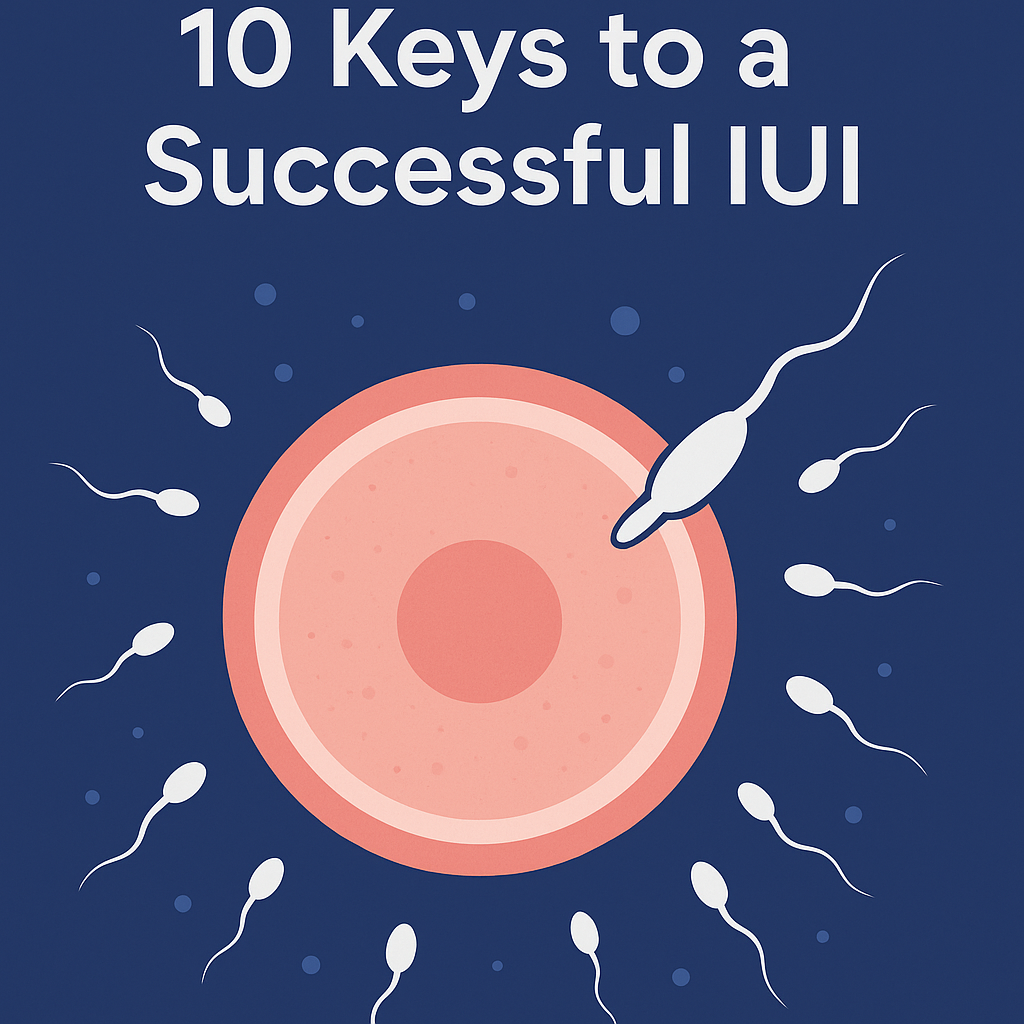Home Insemination Tips
Home insemination can feel like a big step. But with the right tips, it doesn’t have to be confusing. Many women choose this method to take control of their path to parenthood. It’s private, low-cost, and something you can do at home.
If you’re thinking about trying it, here are some simple home insemination tips to help you do it safely and more successfully.
1. Learn How It Works First
Before anything else, learn the basics of at home insemination. This means understanding how sperm meets the egg, how timing matters, and what tools are used.
You don’t need a medical degree. Just clear, honest info. You can find all of that in the home insemination guide.
 2. Track Your Cycle
2. Track Your Cycle
The best time to inseminate is during your fertile window. This is when your body releases an egg. To know when this happens, you’ll need to track your cycle.
Use ovulation test strips. They tell you when your body shows signs of ovulating. When the test line is as dark or darker than the control line, you’re likely fertile.
Start testing a few days after your period ends. Test at the same time each day. When you see a surge, try to inseminate within 12 to 24 hours.
3. Have Everything Ready

Don’t wait until the last minute. Have your tools ready before ovulation day comes.
You’ll need:
- A clean syringe (no needle)
- A sterile specimen cup
- Ovulation test strips
- Fertility-friendly lubricant (optional)
- A menstrual cup (optional)
Order your supplies early. You don’t want to be caught without them on your fertile days. The home insemination guide shows where to find these items for under $20.
4. Clean and Prepare Your Space
Clean your hands. Use clean tools. Make sure everything is room temperature. Cold tools or sperm can reduce the chances of success.
Lay down a towel if needed. Use pillows to lift your hips. This can help the sperm stay close to the cervix.
Pick a time and space where you feel calm. Privacy matters. So does your state of mind.
5. Use Fresh Sperm When Possible
Fresh sperm tends to work better than frozen. If you have a known donor, try to inseminate soon after collection. Let the sample sit at room temperature for 15 to 30 minutes before using it.
Frozen sperm works too. But it usually needs to be washed and handled by a lab or shipped from a bank. If you use frozen sperm, follow all storage and thawing instructions.
6. Go Slow and Gentle
When using the syringe, insert it gently. Go slow. Push the plunger with steady pressure.
There should be no pain. If there is, stop and try again more slowly.
Some women like to lie down for 20 to 30 minutes afterward. Others use a menstrual cup to keep the sperm in longer.
7. Consider Doing More Than One Round
Some women inseminate once during their fertile window. Others do it twice—once at the start and once later.
If you can, try two inseminations in one cycle. This can help improve the odds, especially if your timing is off by a day.
8. Try to Stay Relaxed

Stress can affect your body. It can change your cycle and even delay ovulation.
Try deep breathing before you start. Dim the lights. Play calm music. Give yourself time to rest afterward.
This isn’t a race. Don’t rush. Treat the process with care.
9. Avoid These Common Mistakes
- Using regular lube (it can harm sperm)
- Not tracking ovulation closely
- Not letting sperm warm to body temp
- Inseminating too early or too late
- Standing up right after inseminating
Avoiding these mistakes can save you time and stress.
10. Don’t Reuse Supplies

Use a new syringe and cup for each try. Even if they look clean, bacteria can grow.
The tools are cheap. And pregnancy is important. Don’t risk it.
11. Don’t Compare Yourself to Others
Some women get pregnant on the first try. Others take a few cycles. Every body is different.
Try not to compare. Stay focused on your journey.
12. Know When to Ask for Help
If you’ve tried a few times without success, don’t panic. But also don’t be afraid to ask questions.
Talk to a doctor if you need. It doesn’t mean you failed. It just means you’re being smart.
Research on Home Insemination
Here’s what the research tells us about doing insemination at home:
Home vs. Clinic Success
A randomized trial compared six cycles of home insemination with clinic-based IUI using thawed donor sperm. Pregnancy rates were almost the same: 13 of 29 women at home and 11 of 24 in clinic settings. This shows that, with good timing and clean tools, home methods can work just as well (PubMed: Home vs. Clinic Study).Practical Acceptance at Home
An early BMJ report examined how women took to at-home donor insemination programs. It found that most participants found home insemination practical and easy to follow. This helped make home methods a trusted option long before modern kits existed (PubMed: BMJ Feasibility Report).Donor Sperm Safety
A large review of over 1.3 million IVF cycles compared outcomes using donor versus partner sperm. It showed donor‑sperm pregnancies had no higher risk of early loss or ectopic pregnancy. This reassures those using donor sperm at home about safety and reliability (PubMed: IVF Outcomes Study).
Use these findings to guide your approach, choose the right tools, and gain confidence in your home insemination journey.
Final Thoughts
These tips can help you prepare, save money, and stay calm. You don’t have to figure it all out alone.
Start simple. Stay consistent. And remember, you have choices.
For help, supply lists, and real answers, check out the home insemination guide.
You have power. You have options. You have support.



